With Peak Heating Oil season over the horizon, it’s important to be prepared for what’s to come. Many folks have questions like “What is my local oil price?” or “How much oil will I burn in one day?”. These types of questions are being asked constantly, and for good reason. In this blog post, I’ll answer the most important question that you should know.
If you ever do run out of oil, you can stop at your local gas station and pick up 5-10 gallons of diesel. This will keep you warm for at least another day or so during the colder months, while you wait for your delivery. We touch more on running out of oil and what to do in this post here.

What Impacts your Consumption of Heating Oil?
Many factors will effect how much heating oil you’ll burn on any given day. Here are some of the contributing factors:
- Outside Temperature: Your home heating oil system is constantly at work, trying to keep your home’s interior temperature warm. The colder the outdoor temperature is, the harder your heating system has to work to heat your home. That means that your system will be consuming more heating oil to warm the rest of your home.
- Inside Temperature: Surprisingly, your internal temperature can affect your oil consumption as well. Setting your thermostat to around 68-70 degrees Fahrenheit provides the most comfortable indoor temperature. If you set the temperature higher, you’ll be burning more oil because your furnace will be working harder to heat your home. If you want to conserve heat, try adding some more insulation and lowering the interior temperature of your home.
- Size of Your House: The bigger your home is, the harder your furnace is going to have to work to heat your home. Your home’s layout will also sometimes affect this. A ranch-style home is often harder to keep warm compared to a simple two-story home. This is because the ranch home has a bigger exterior surface area compared to the interior space. This often means there are more spaces for heat to escape from in a ranch-style home.
- Insulation: A home that has good insulation will retain more heat than a poorly insulated home with single pane or drafty windows. It’s important to seal up drafty windows in an older home. This will ultimately make your home more comfortable on cold winter days.
- Heating System Age: The older heating oil systems get, the more they lose their efficiency. This means that you’ll end up using slightly more heating oil over time and that heating oil will generate the same amount of heat that it would produce when it was new. Higher-quality equipment tends to last around 30 years. A new furnace will be able to pay for itself.
- How You Use Heating Oil: Another consideration that you should have is what you’re heating with your oil. If you’re using heating oil for just hot water, then you’re going to burn through it a lot slower than you would with heating oil. If you use it for both heat and hot water, you’ll burn through heating oil a lot faster than you would normally with just one or the other.
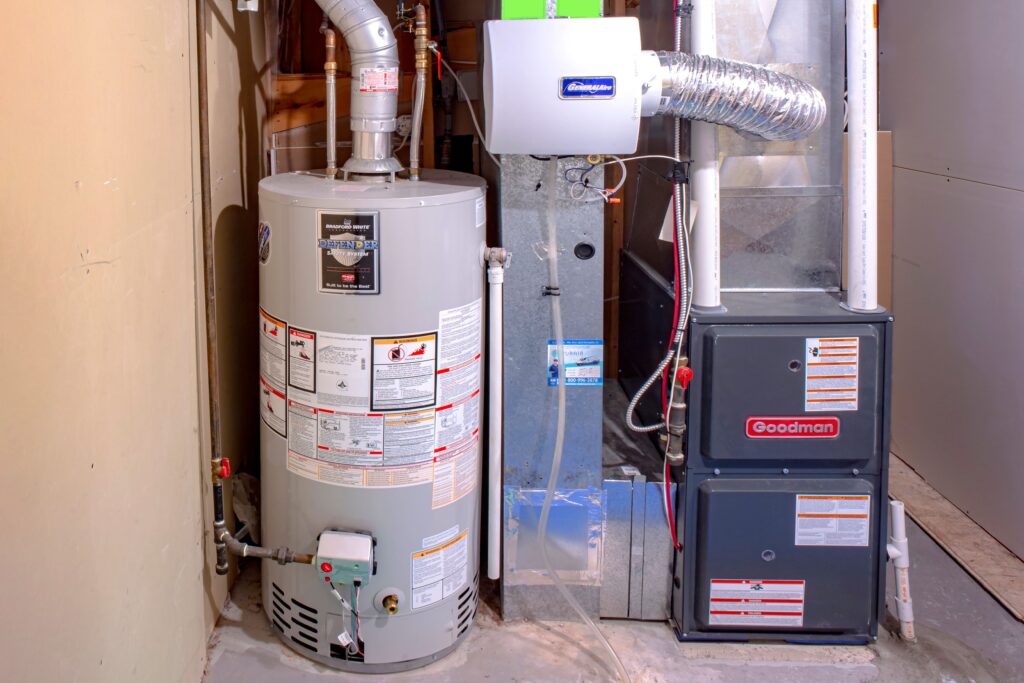
Home Size and The Impact of Temperature
To make sure things remain simple, we’ll discuss two important factors. Those are the size of your home and the outside temperature. On the below chart, look for your home and see if you can get a broad range of usage. If you have a newer home that’s well insulated, you’ll likely have a little bit of a lower oil consumption. However, if your home is old and not well insulated, consider a higher range of usage.
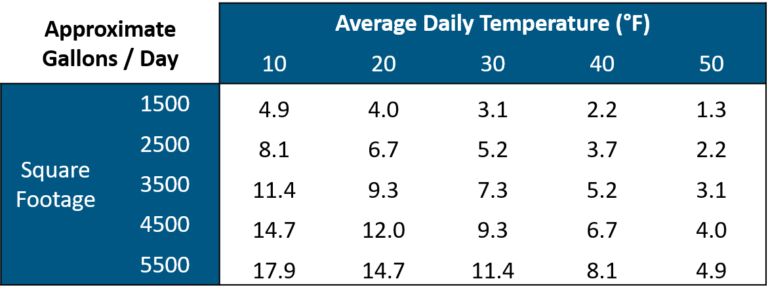
On a normal winter day in the Northeast, you should expect to use an average of 5-7 gallons of heating oil. However, only use this as a baseline. This isn’t always the case for every home in the Northeast.
With a standard 275-gallon oil tank, you’ll have a maximum capacity of around 250 gallons. However, this doesn’t mean that you can let the tank get low. If the oil level is too low, the feel lines will tend to suck up the sludge that builds on the bottom of the tank. With that in mind, consider setting a “usage” capacity of around 200 gallons. With an average of around 5 gallons a day, that should last you around 40 days during the winter season before you would need a fill.
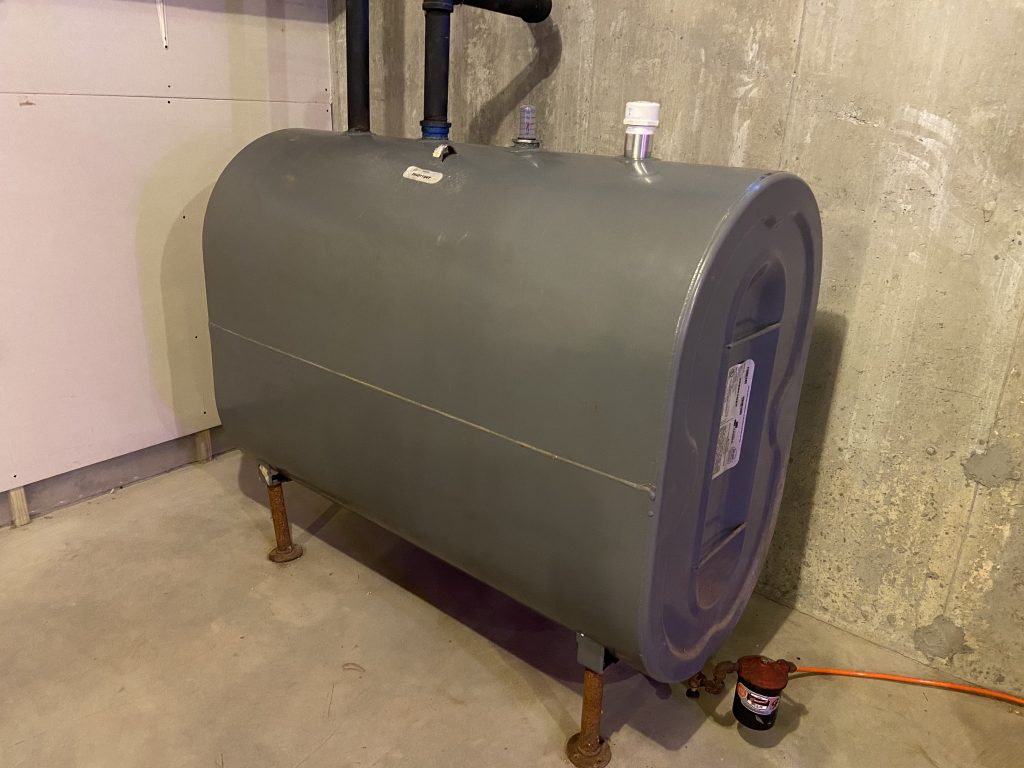
Yearly Heating Oil Usage
Most of us only use oil during the colder months of the year. However, some like to use it all year round. During the summer months, if you use your oil for hot water, you’ll normally average out to 0.5-0.8 gallons of oil per day.
During the winter months, you’ll often be using much more than that. Depending on house size and outside temperature, you could be using much more oil than other homes simply because of those factors. Looking at a typical winter you should be able to follow the below graph for reference:
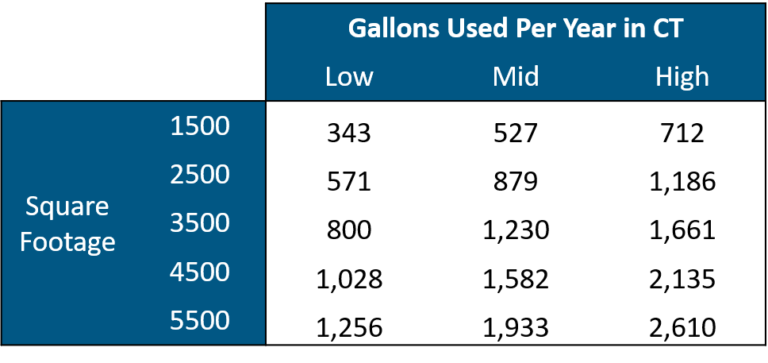
Tracking Your Oil Consumption
Keeping track of your oil consumption is important, and the best way to do so is to install a sensor on your tank. The Smart Oil Gauge is the best sensor for the job! It uses an ultrasonic sensor to measure the oil level hourly and uploads that data to our servers throughout the day. You’ll be able to monitor these readings on your phone and even your computer! It will be able to provide you with usage data as well as oil-level data. You’ll be able to take a look at daily, weekly, monthly, and yearly usage data. You’ll then be able to export this data from the Smart Oil Gauge website into an Excel document for more accurate numbers.
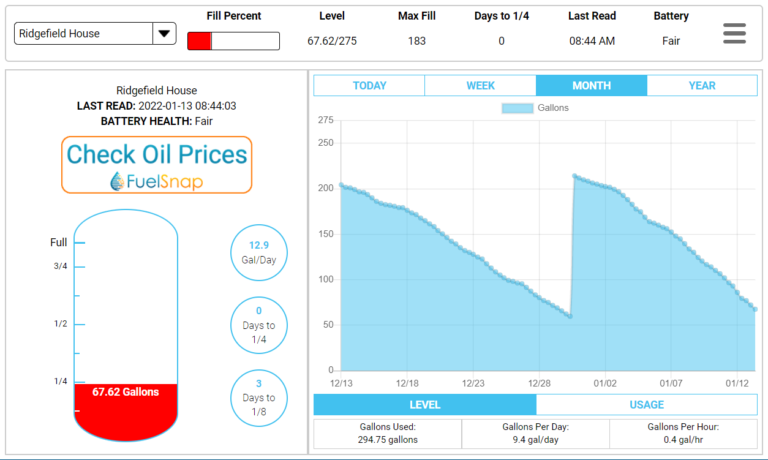
Regularly Check Your Level During the Winter
It’s important that you check your oil level frequently and still have a working gauge. Check out this post here, to learn How to Replace an Oil Tank Gauge. This is important and should be taken seriously. Running out of oil can lead to sludge in your feed lines, or even worse, your pipes might freeze and burst. Set a weekly reminder on your phone to check your tank’s level, especially during the colder months of the year. Getting a Smart Oil Gauge will help you tremendously with all of this! It will alert you when you need to get a fill as well as when you get one!
Happy Heating,
Hunter



